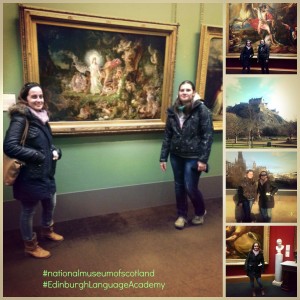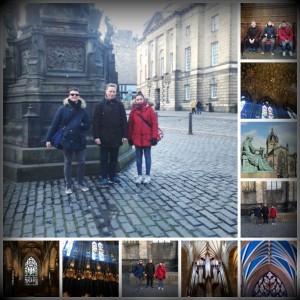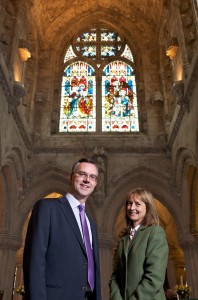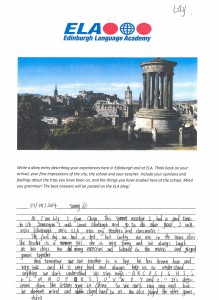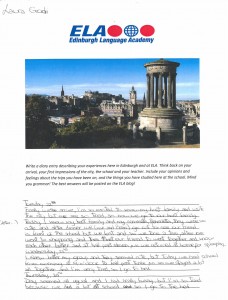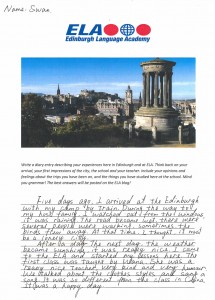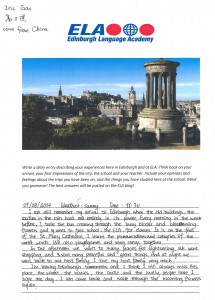Technology has evolved considerably in the last few years at an almost terrifying pace. We are truly fortunate with the number tools at our fingertips. If anything, we might be a little too blessed with what’s available as it becomes difficult to identify a single tool that will suit your needs. It takes time to learn how to use a new program, and even longer to implement it effectively in the classroom. That being said, some programs are very student focused, need no input from a teacher, and can be used inside and outside the classroom.
Here’s five ways that students can use technology to help aid their language development.
Recording new vocabulary
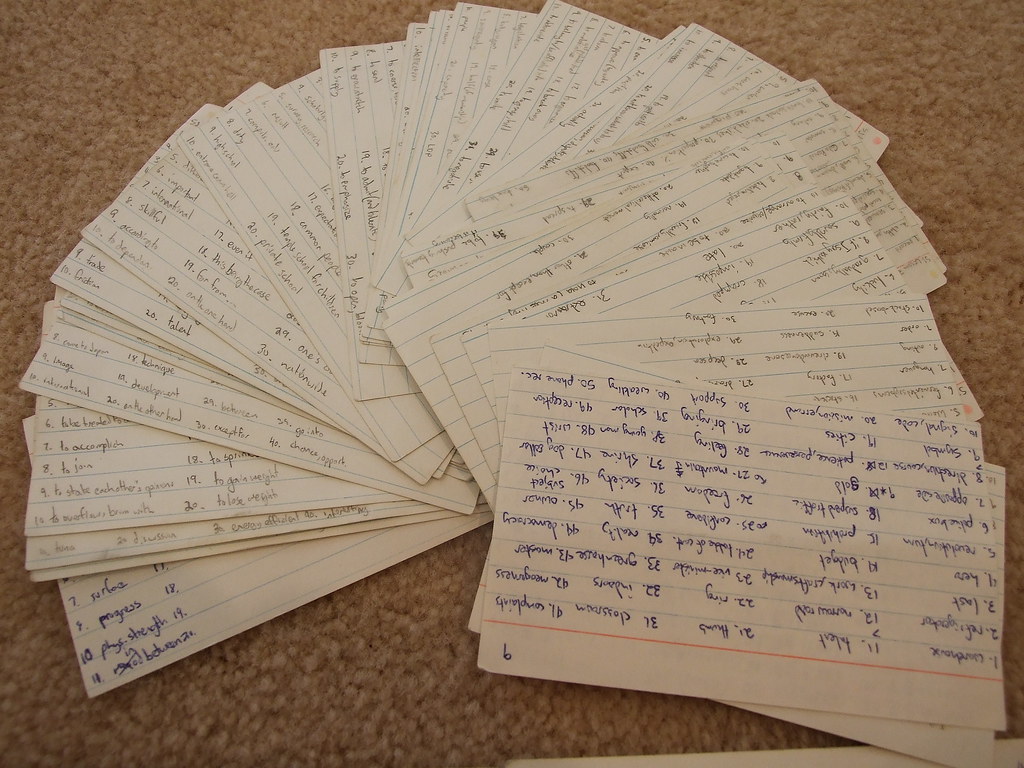
There are many ways to record new words, but not many that will test your ability to remember them. One great (and free) tool for documenting any new content is ‘Quizlet’ (http://www.quizlet.com/). Quizlet gives you the opportunity to create unlimited study sets and it will generate quizzes based on your content. Quizlet is a great way to refresh your memory after a spending a few days studying new material. There is an app for both Android and iOS so there’s no need to bring a heavy laptop to school.
Listening Practice for Short Phrases

Sometimes the most difficult thing about a new phrasal verb is to apply it to a context. Take ‘look’ for example, the number of prepositions that could follow this verb is quite daunting for a student and remembering the different meanings can be quite a challenge. A really useful tool for seeing phrasal verbs used in context is ‘Play Phrase Me’ (http://www.playphrase.me/) which plays short video clips of people using whatever text you enter into the search bar. The website scans videos that have been uploaded into their database and looks for matches.
Collaboration with Other Students

Students love to share. In our experience, regardless of age differences, students love sharing new knowledge that they’ve come across – be it online or offline. The problem with sharing content is that it’s often difficult finding a platform that everyone can access without the need to sign up for an account, a process which can be quite time consuming. A quick and free solution is ‘Padlet’ (http://www.padlet.com/) which is a shared ‘wall’ where anyone with the address can share content without the need to sign up.
Speaking Practice

Speaking is a very difficult skill to practise alone. How can you give yourself feedback? You could record your voice and listen to yourself at a later date, but if you’re looking for immediate feedback then grab your smartphone and install Google Keep (http://www.google.com/keep/) which is a very handy app. Google Keep is a note taking application designed to allow the user to make quick notes on the go. However, it also has a very useful voice recording feature which will attempt to transcribe your voice. Simply speak into your phone and it will turn your words into text – if your pronunciation is not accurate then the software won’t transcribe it properly.
Reading and Listening
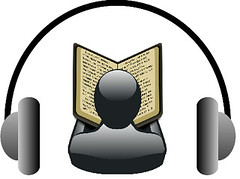
TED (http://www.ted.com) has become a wonderful source of content for internet users around the world. Language learners can take advantage of a really useful feature that is ignored when videos are played full-screen. TED videos come with an interactive tapescript which you can follow whilst listening to the TED speaker deliver his/her presentation. What makes it really useful is that you can select any piece of text, like a button, and the video (which plays in the top left corner of the screen) will jump to the text’s location and play it.

